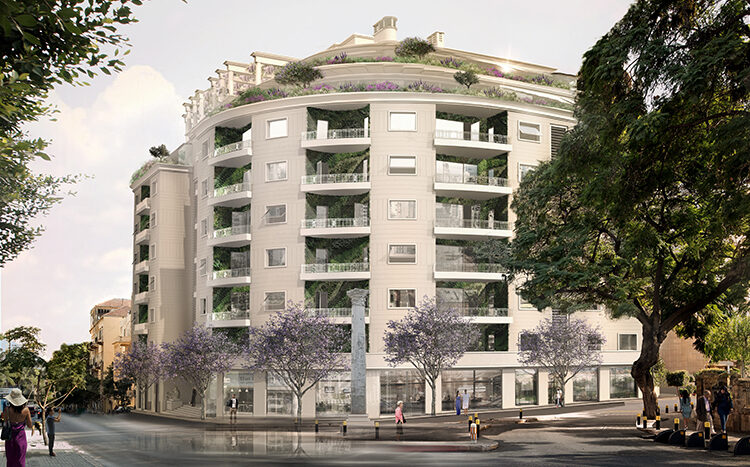Rent to Price Ratio
The ratio between rent and sale price for a property in real estate, also known as the “rent-to-price ratio” or “price-to-rent ratio,” varies depending on various factors such as location, property type, market conditions, and demand for rental properties.
In general, a lower rent-to-price ratio may indicate a buyer’s market, where properties are readily available and prices are lower. A higher rent-to-price ratio may indicate a seller’s market, where properties are in high demand and prices are higher.
On the lower end, the rent-to-price ratio for apartments could be around 5-10% in markets where there is a large supply of rental properties and low demand, or in areas with lower housing prices.
On the higher end, the rent-to-price ratio for apartments could be 20% or higher in markets with high demand for rental properties and limited supply, or in areas with high housing prices. For example, in cities with a strong job market and high demand for housing, the rent-to-price ratio for apartments could be significantly higher.
It’s worth noting that the rent-to-price ratio can also be influenced by factors such as property taxes, insurance, and maintenance costs, as well as changes in the local economy and housing market. As a result, the ratio can vary greatly between different properties and markets.
Right now, in the Lebanese market, there is a very unpredictable trend. If a property owner is selling an apartment for example for $125,000 but renting it at $120 per month, then the ratio would be:
$120 x 12 months = $1,440 (annual rent)
$1,440 / $125,000 = 0.01152
or approximately 1.152%
This is a very low rent-to-price ratio.
A low rent-to-price ratio, such as the one calculated for this property, can indicate that the property may be overpriced compared to other similar properties in the same market. However, it’s important to keep in mind that there are many factors that can impact the rent-to-price ratio, and a low ratio is not necessarily an indicator of an overpriced property.
The rental price for a property is indeed set by the market, and it’s possible that the market rent for this property may be lower than the current sale price, which could indicate that the property may be overpriced. However, it’s also possible that there are other factors such as property taxes, insurance, and maintenance costs, or changes in the local economy and housing market that could be affecting the rent-to-price ratio.
To determine if a property is overpriced, it’s important to consider other factors such as the condition of the property, its location, and recent sales data for similar properties in the area. It’s also a good idea to consult with a real estate professional or appraiser, who can provide a more accurate assessment of the property’s value.
But let’s say for argument’s sake that all the above factors are within average, and we use a ratio of 5% to 20%, for the lower to higher side of the spectrum, this will give us the real price of the property, as the average rent is by default, set by the market. Using this, we will come up with the following:
$120 x 12 months = $1,440 (annual rent)
Using a rent-to-price ratio of 5%: $1,440 / 0.05 = $28,800
Using a rent-to-price ratio of 20%: $1,440 / 0.20 = $7,200
So based on these calculations, if we use a rent-to-price ratio range of 5% to 20%, the estimated price range for this property could be between $7,200 and $28,800. This is not even worth the price of construction in the time being.
These disparities and discrepancies within the margin means that the Lebanese market is in a chaotic phase. Which might also mean that you can get a lot for your money for rentals, but not as much for purchases. The market place should show an increase in rentals and a decrease of land and apartment prices to bridge the gap and normalize the real estate market.


